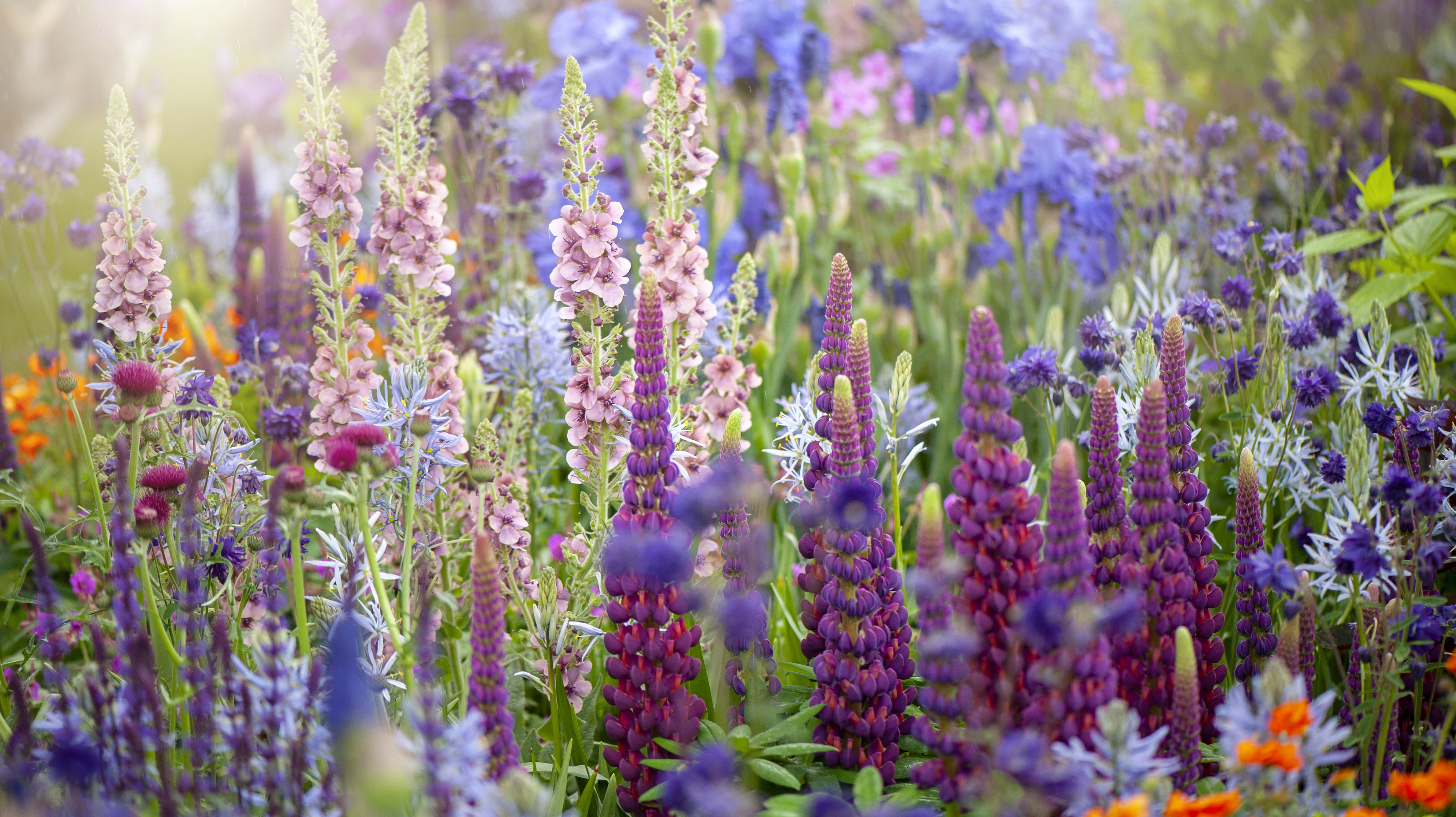
Growing your own food or flowers is a rewarding pastime for many. Whether it's vine-ripened tomatoes or a patch of pretty dahlias, the prize outweighs the effort.
That's until something else starts nibbling your plants and all your hard work turning your backyard into a haven is going to pot. Greenfly, the common name for aphids, are one such problem. These pests can adversely affect a crop or flower bed.
As with most things prevention is better than cure. Thankfully, there are easy hacks to stop greenfly attacking your garden. This is particularly appealing, if you don't fancy spraying poisonous chemicals on your plants – especially those you intend to eat. There are also unintended consequences to beneficial bugs from toxic insecticides.
'There are simple techniques you can use to make it more difficult, if not impossible, for damaging pests to gain access to your crops,' says Susan Mulvihill, author of Vegetable Garden Pest Handbook.
'Humans have identified approximately 1 million insect species on our planet, but only about 1 percent of those species are pests to us. The myriad species of bugs contribute to the balance of our planet’s various, complex ecosystems.
'Think about all of the wonderful pollinators, such as honeybees and native bees, wasps, hoverflies, butterflies, and moths. If you are growing a vegetable garden (or tree fruits or berries), you want those pollinators close at hand.'
6 easy hacks to stop greenfly attacking your garden
'Aphids grow up to ⅛-inch long and have soft, pear-shaped bodies that can be green, gray, white, yellow, brown, red, or black,' continues Susan. 'You will likely notice clusters of small insects on the undersides of leaves; honeydew; curled or yellow leaves.
'They are often attracted to artichokes, asparagus, beans, beets and cabbage family crops, such as arugula, broccoli, Brussel sprouts, kale and cauliflower, as well as radishes, turnips, corn, lettuce, onions and peas.'
1. Attract pollinators with an insectary
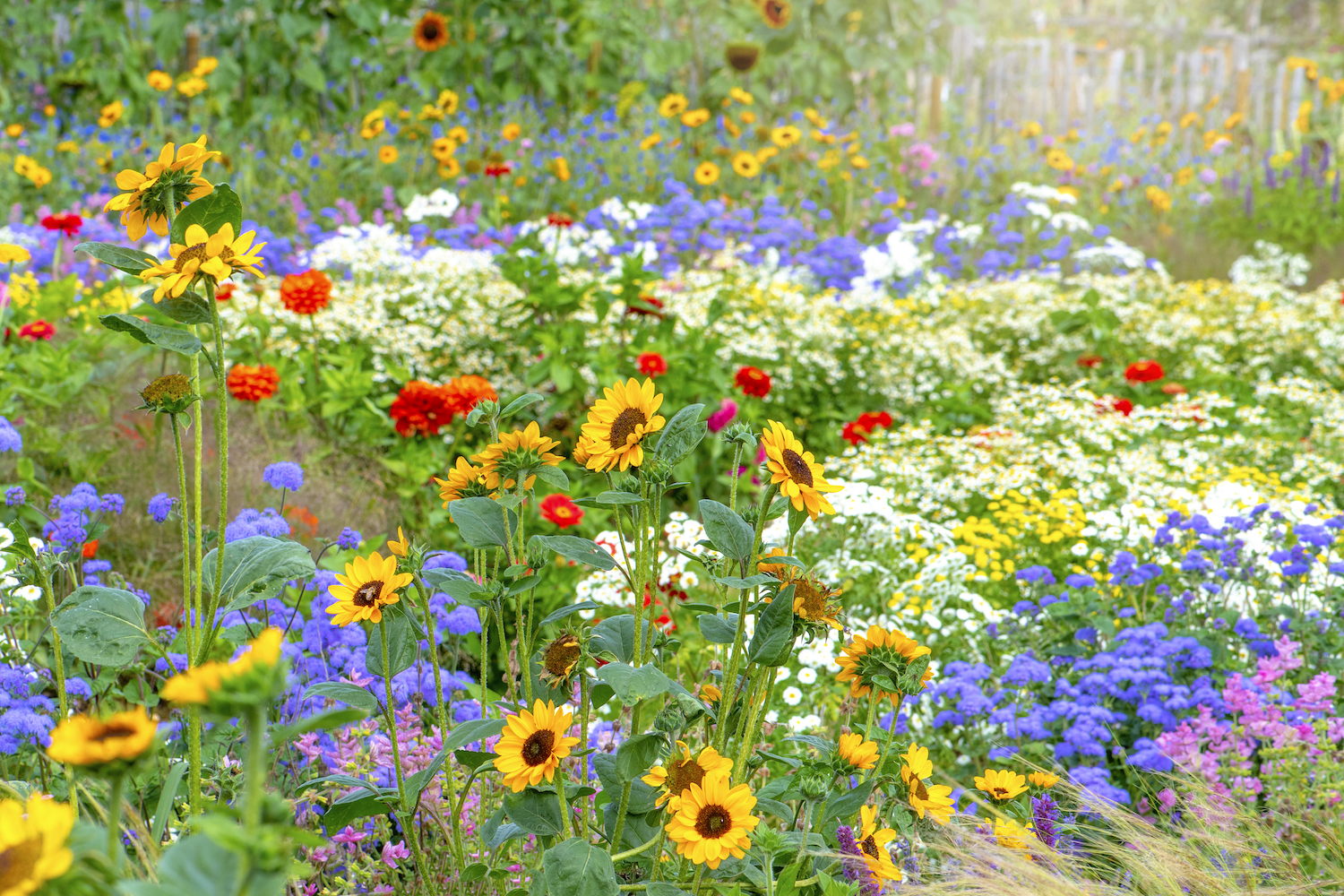
One solution to prevent or get rid of greenfly (aphids) is to attract beneficial bugs higher up the food chain that will eat them. The best way to do this is with a flower patch - or insectary - that will lure pollinators, beneficial garden insects and other pest predators.
'For all of those annoying aphids, plenty of good critters are more than happy to feast on them,' says Susan. 'Assassin bugs, big-eyed bugs, earwigs, lacewings, ladybugs, and spiders, just to name a few.
'A popular way of attracting these beneficial bugs is by creating “insectaries,” which are permanent habitats that meet their needs within a landscape. Provide a variety of sizes and types of trees, shrubs, flowers, and grasses. Avoid planting a monoculture, such as a single species of flower.
'The plantings, which supply pollen and nectar, usually include perennials, annuals, wildflowers, and native bunch grasses. Some excellent choices are asters, bee balm, black-eyed Susan, members of the carrot family (including angelica, chervil, and dill), coreopsis, early-blooming basket of gold, goldenrod, oregano, and sunflowers.
'Creating an insectary near your vegetable garden will attract natural predators that patrol the area for problems.'
2. Build a bug hotel
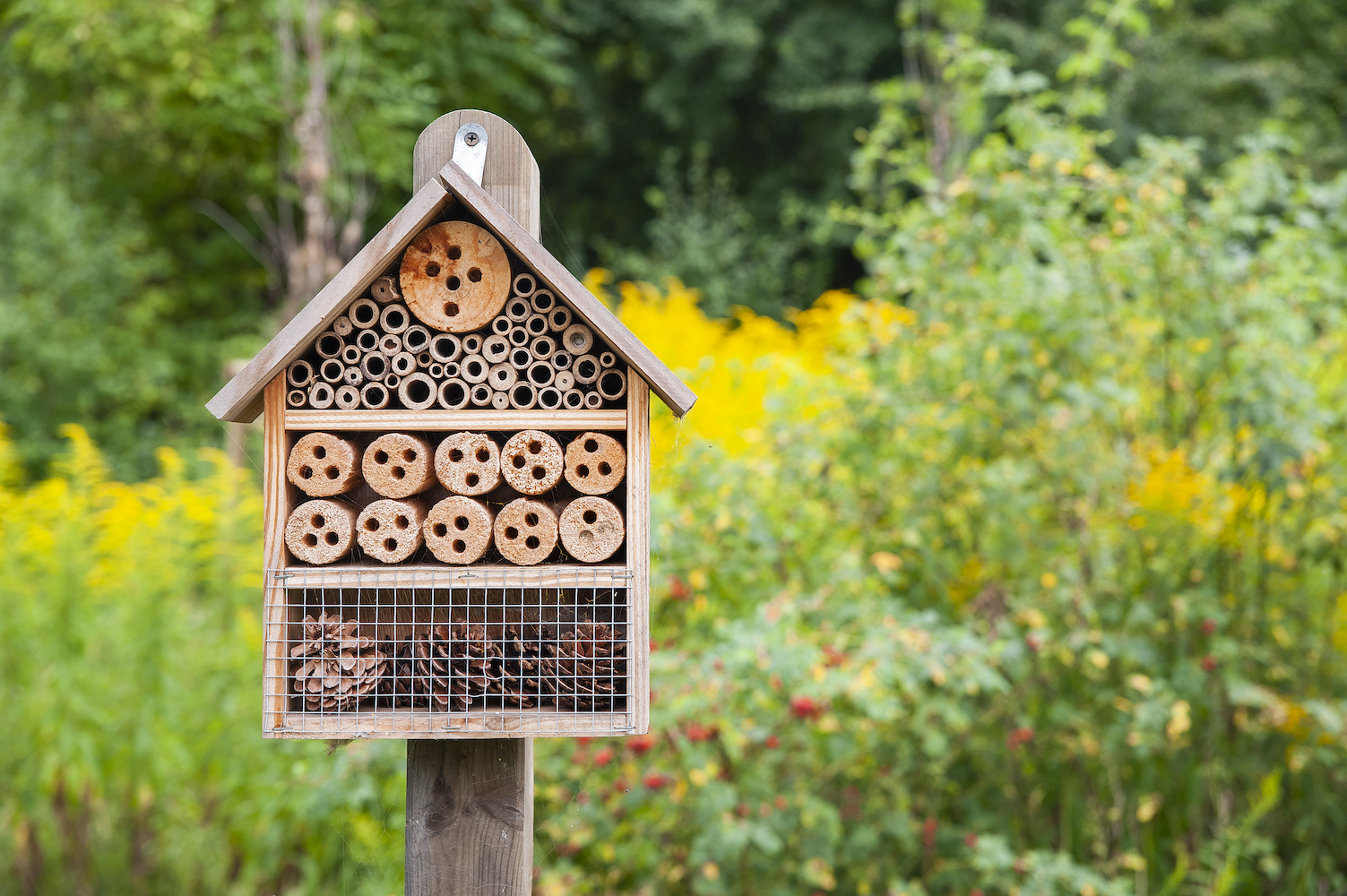
Another way to attract beneficial bugs to your garden, is with an insect hotel. This is also a fun project to get kids involved with. If you don't fancy building one yourself, bug hotels can easily be bought 'off the shelf.' This bug hotel on Amazon is cute and inexpensive.
'In our backyards, beneficial bugs keep the pests from taking over and the benign bugs help keep the soil alive,' says Susan. 'Beneficial bugs include lacewings, ladybugs, ground beetles, and even spiders. They spend their days munching on aphids, as well as insect eggs, cutworms, and so many other problematic pests.'
'When you build an insect hotel, you provide them with places to lay eggs and/or hibernate. You’re also giving your family the opportunity to discover the fascinating life of bugs.
'After building a simple structure, the most enjoyable part of the process is gathering natural materials to fill them, such as evergreen branches, pine cones and moss.'
3. Hose them down
Watering your plants is a simple way to dislodge aphids, especially if you pay attention to the undersides of the leaves, where they tend to congregate.
'Your hose is a useful tool,' says Susan. 'A small blast of water on aphids or whiteflies will knock them off a plant. Early suppression of these pests prevents them from becoming a bigger problem later.'
4. Remove them by hand
If it's just a few leaves that are affected by aphids, it is often easier to take a hands-on approach and just remove them yourself.
'If you’re squeamish wear gloves and either pull the pests off the plant or snip off the branch it’s on and dispose of it,' says Susan. 'Another hands-on control is to just squish the problem. An aphid infestation begins with a female and her cluster of young. The whole group can be killed by smashing them with your thumb.'
5. Cover the soil with reflective plastic mulch
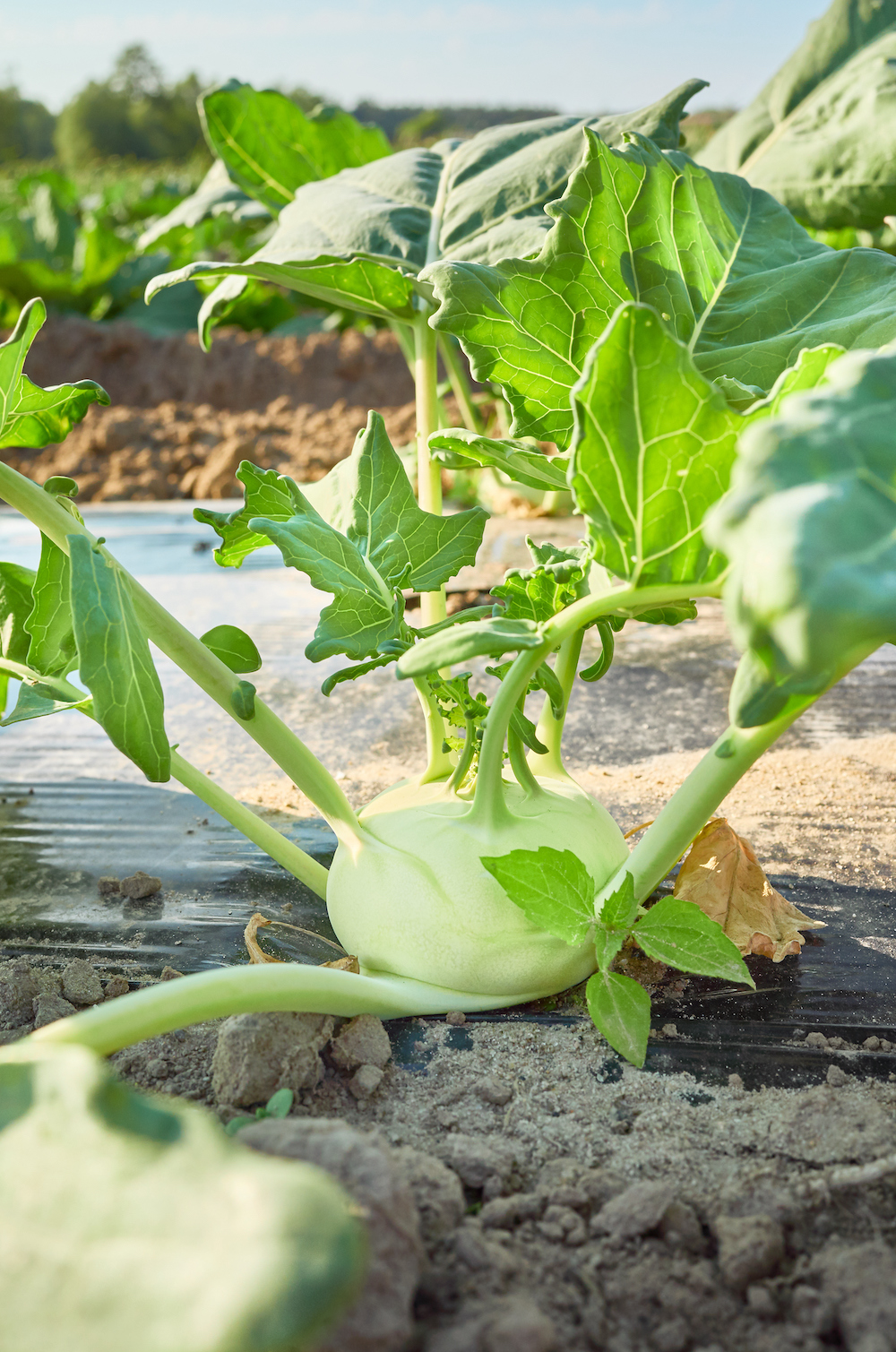
When it comes to cultivating crops, form often has to give way to function. One instance is covering the ground with reflective plastic mulch. It may not look pretty, but it's effective at preventing greenfly from eating your home-grown veggies.
This process is particularly useful if you're growing cabbage family crops, cucurbit crops, such as cucumbers, pumpkins, squash or melons, or nightshades like tomatoes, peppers or potatoes.
'Reflective plastic mulch keeps some flying pests away from their favorite crops long enough to allow the plants to become established. The reflected light disorients winged aphids,' says Susan. This reflective plastic mulch on Amazon is inexpensive.
'Silver polyethylene mulch essentially “hides” the plants from these troublesome pests. It comes in 4 foot-wide rolls or sheets, and is sold online. When you cover a garden bed with this mulch and plant seeds or seedlings through holes cut into it, the mulch surrounds the plants with a shiny glare.
'The mulch loses its effectiveness once the plant foliage covers more than 50 percent of the sheet. By that time, the plants should be flourishing. In additional to controlling pests, this mulch increases the plants’ productivity because it reflects more light into the foliage; cools the soil, making it particularly ideal for cool-season crops; and reduces weeds.'
6. Wait a week or so
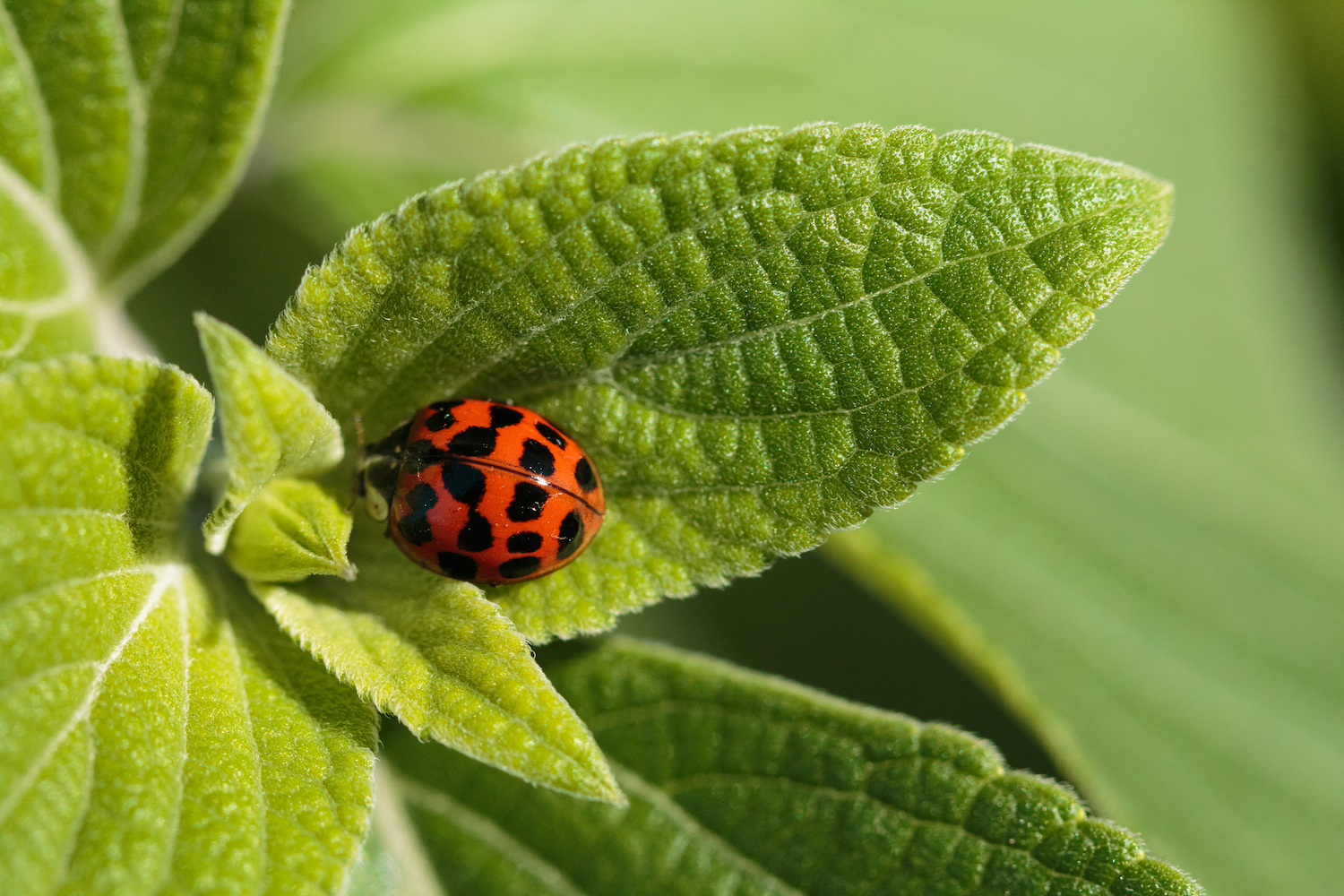
It's tempting to react instantly when you see greenfly settled in your garden. After all, you don't want to see your precious plants destroyed. However, if the preparations above have been attended to, nature will often take its course and handle the problem for you.
Occasionally, it's worth observing the situation and waiting it out for a few days, or even a week or two, particularly if you're a seasoned gardener.
'I once stopped to check on our currant bushes and when I saw a lot of puckered leaves, I inwardly groaned - Aphids,' says Susan. 'I debated about what to do but decided I didn’t have the time at that moment.
'My schedule got busy and I completely forgot about those aphids. A few days later, I suddenly remembered them and dashed back out to the garden. Instead of witnessing more aphid mayhem, I was pleasantly surprised to discover that almost all of them had vanished.
'In their place was a collection of adult ladybugs, their larvae, and even some pupae, which are essentially pre-adults. Fortunately, I knew exactly what they were and that their voracious appetite for aphids is legendary. They had come to the rescue and enjoyed quite a feast, courtesy of my forgetting about the problem.
'However, do not be tempted to purchase and release ladybugs, because they won’t remain on your property. They are likely non-natives that will adversely impact your local, native ladybugs.'







